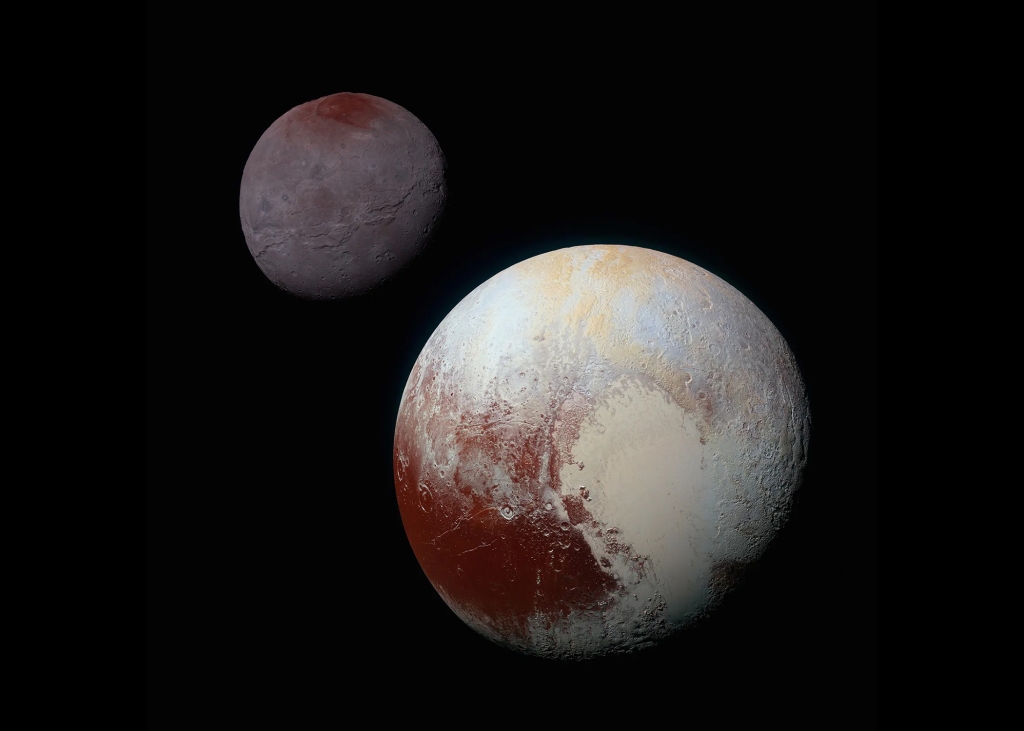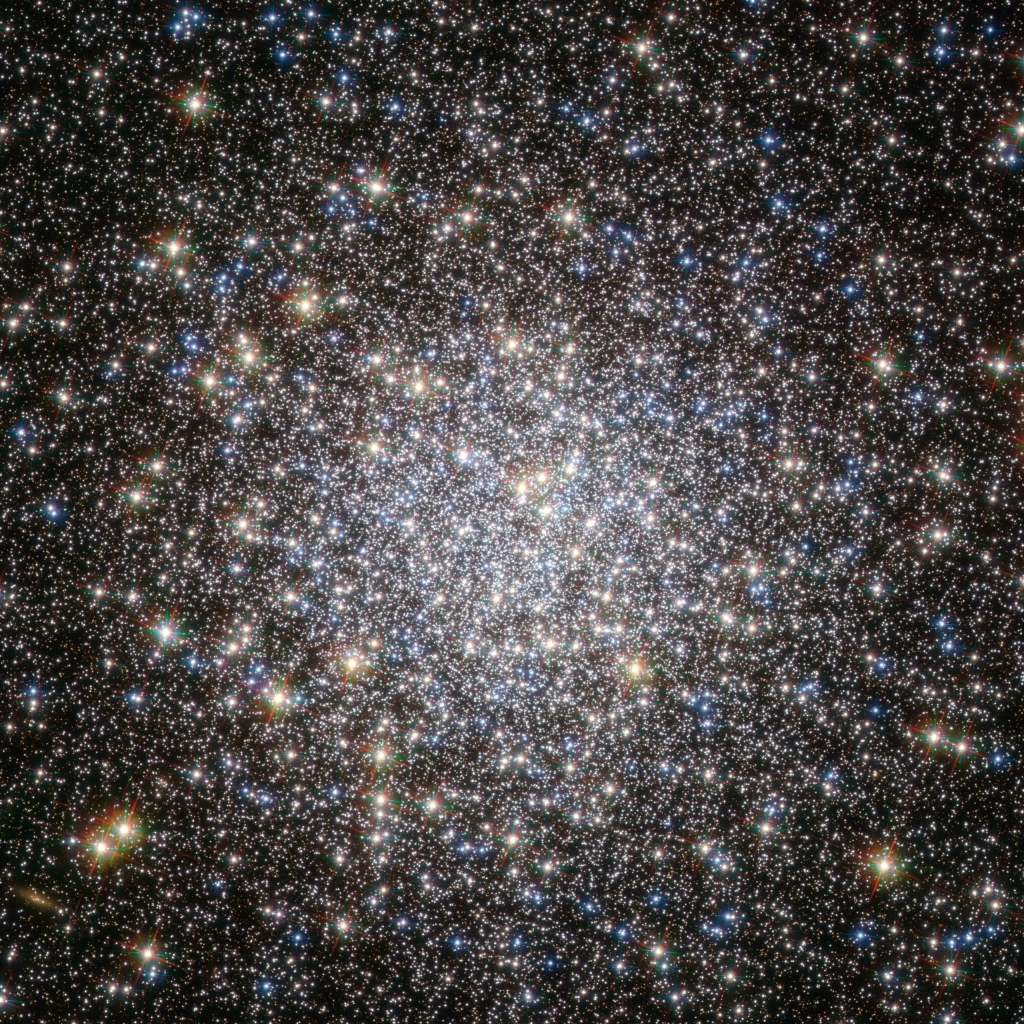In a groundbreaking discovery, the Event Horizon Telescope (EHT) Collaboration has unveiled the first horizon-scale images of two supermassive black holes, M87* and Sgr A*. These images mark a significant milestone in astrophysics, offering unprecedented insight into the physical conditions near these enigmatic cosmic entities.

The EHT’s achievement stems from its 2017 imaging surveys of M87* and Sgr A*, utilizing an array of eight stations spread across six global locations. This setup enabled the capture of images with an extraordinary resolution of approximately 20 microarcseconds. Remarkably, these images reveal bright emission rings around the black holes, aligning perfectly with predictions made by the theory of general relativity.
The EHT’s analysis extends beyond just imaging. By comparing their observations with advanced three-dimensional general relativistic magnetohydrodynamic (GRMHD) simulations, the team has begun to set initial constraints on the properties of these black holes, particularly in spacetime characteristics. However, they face challenges in differentiating between the features of the accretion flow and the spacetime, such as the black hole’s mass and spin. This complexity arises from the degeneracies in the radiation emitted by varying plasma and spacetime properties.

Looking to the future, the next-generation EHT (ngEHT) is poised to delve deeper into these mysteries. The ngEHT’s enhanced resolution and image reconstruction capabilities are expected to clarify the complex interplay between disk-jet dynamics, a key factor in determining black hole spin. Utilizing GRMHD simulations of magnetically arrested disks and general relativistic radiative transfer calculations, researchers have studied the jet and accretion disk dynamics at scales comparable to the horizon. Their findings suggest a strong correlation between the radial and azimuthal dynamics of the jet and the black hole spin, a relationship that the ngEHT observations of M87* are well-equipped to probe.
The EHT’s work is a significant step towards understanding the physical conditions surrounding black holes. By mapping spacetime and unveiling the origins of relativistic jets, this research not only enhances our knowledge of these cosmic giants but also paves the way for future discoveries in the realm of astrophysics.
Source
Moriyama, Kotaro, et al. “Future Prospects for Constraining Black Hole Spacetime: Horizonscale Variability of Astrophysical Jets.” The Astrophysical Journal, vol. 960, no. 2, 2024, p. 106, dx.doi.org/10.3847/15384357/ad07d4, https://doi.org/10.3847/15384357/ad07d4.





